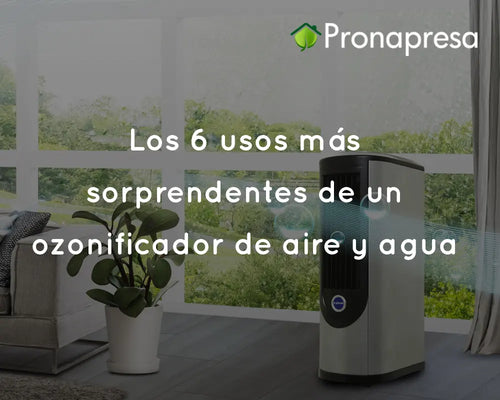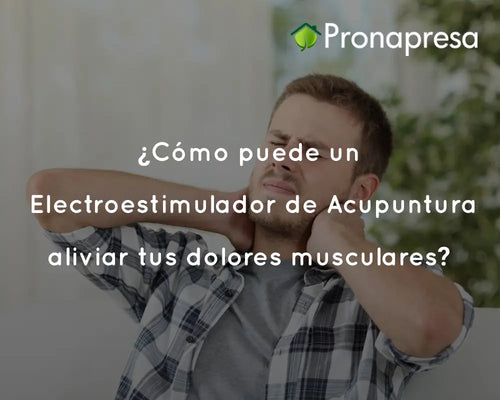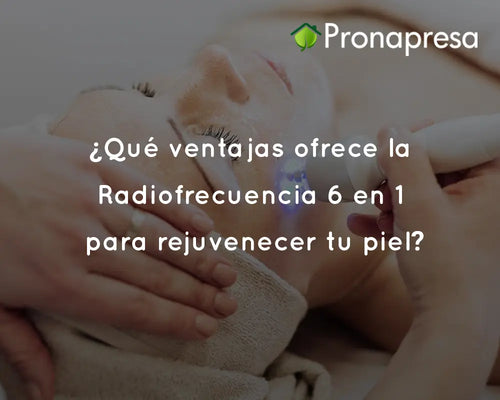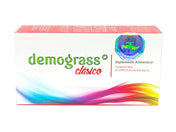
Electroacupuncture: An Innovative Approach to Pain Relief
Chronic pain is a reality that affects millions of people, limiting their quality of life and ability to perform daily activities. While traditional acupuncture has long been an option for pain relief, electroacupuncture has emerged as a modern and effective variation on this ancient practice. In this article, we'll discuss electroacupuncture and how it has become an innovative approach to pain relief.
Traditional Acupuncture:
Acupuncture is an ancient medical practice originating in Chinese medicine that has gained worldwide acceptance. It is based on the idea that the body is traversed by energy channels called meridians, and inserting needles into specific points on these meridians can restore balance and relieve pain. Traditional acupuncture has proven effective for a variety of conditions, from chronic pain to stress and anxiety.
Electroacupuncture: The Modern Evolution
Electroacupuncture, although based on the same principles as traditional acupuncture, adds a new dimension by introducing electrical stimulation to acupuncture points. This modern variation has proven particularly effective in pain management and has sparked significant interest in the medical community.
Electroacupuncture Process:
In a typical electroacupuncture session, thin needles are placed at specific points on the body, based on the acupuncturist's diagnosis. Once inserted, these needles are connected to electrodes that deliver gentle electrical currents to the acupuncture points. The intensity and frequency of these currents are adjusted according to the patient's individual needs and the condition being treated.
[product=kwd808-i-6-channel-acupuncture-electrostimulator]
Electrical pulse therapy and needle-free acupuncture
[/product]
Benefits of Electroacupuncture in Pain Relief:
-
Nerve Stimulation: Electroacupuncture stimulates nerves more effectively than traditional acupuncture. The electric current applied through the needles can influence the release of neurotransmitters, such as endorphins, which act as the body's natural painkillers, providing immediate pain relief.
-
Improved Blood Flow: Electrical stimulation promotes increased blood flow to the treated area. This facilitates the delivery of oxygen and nutrients to the tissues, which not only relieves pain but also accelerates the healing process in cases of injury or inflammation.
-
Muscle Relaxation : Electroacupuncture can help relax tense, contracted muscles, common in chronic pain. Muscle relaxation helps improve range of motion and reduces the stiffness associated with many painful conditions.
-
Inflammation Reduction: Like traditional acupuncture, electroacupuncture has anti-inflammatory effects. Electrical stimulation can reduce inflammation by modulating the immune system's response and limiting the release of pro-inflammatory substances.
Applications of Electroacupuncture:
-
Musculoskeletal Pain: Electroacupuncture has been shown to be effective in treating musculoskeletal pain, including conditions such as osteoarthritis and fibromyalgia. The combination of electrical stimulation with precise needle placement can relieve pain and improve joint function .
-
Neuropathic Pain: In cases of neuropathic pain, such as that caused by diabetic neuropathy, electroacupuncture can offer significant relief. Electrical stimulation can modulate abnormal nerve activity and reduce pain perception.
-
Migraines and Headaches: Electroacupuncture has shown promising results in the treatment of migraines and chronic headaches. Electrical stimulation at specific points can help reduce the frequency and intensity of attacks.
Electroacupuncture helps improve nerve stimulation, blood flow, and pain relief. This technique has been shown to be effective for a variety of painful conditions. However, it is always important to seek the advice of a healthcare professional before embarking on any form of alternative treatment.























































